Remove tomato plants from your garden properly
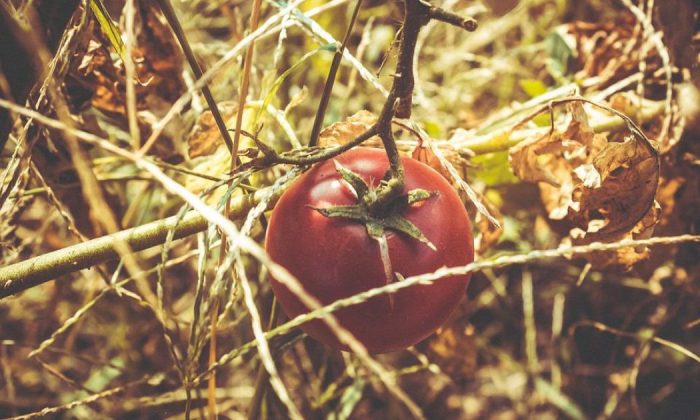
All good things come to an end and tomato season is no exception. Removing tomato plants is not a difficult task, but to do it correctly you should follow few rules. Once you have harvested all tomatoes, you need to clean up the area. Some people leave unripe tomatoes on the plant and hang the plant upside down and wait for them to ripen.
Planting tomatoes
The next year at the beginning of the tomato season you are going to ask yourself again. Where should I plant tomatoes this year? A good idea is to write down where you have planted tomatoes last year – to make sure you will not plant at the same location next year. The soil may contain diseases or pests that could attack your tomatoes next year. You can also write down what measures you have taken during the year (fertilization, chemicals, etc.) and the next year, you will know what you should use again.
Photo: Pixabay
Crop rotation
To avoid problems or even loosing entire harvest you should write down this information not only for tomatoes but also for other plants in your garden. This way you can do proper crop rotation. Another issue closely related to crop rotation is the depletion of nutrients.If are planting tomatoes in the same spot every year, you will deplete the soil of nutrients and that is not good. Not enough nutrients may further worsen growing conditions.
Remove stakes
Almost all tomato plants, except for few varieties, need to be attached to supports as they grew. So, at the end of the season, the first step is to remove all supports. Start by cutting ropes that attach the plant to the support and then pull the support or stake out of the soil. Wash and disinfect stakes thoroughly before storing. Various pests or diseases could be living in dirt on them. Bleach is great. Store supports in a cool and dry place. If you had problems last year, disinfect stakes again before you use them next year.
Pull out the plants
Now you pull plants out of the soil. You should remove all plant parts from the soil, including fallen leaves and fruits. Do not forget to remove weeds!Depending on the condition of the plants you may compost or burn them.If you suspect disease or pests, burn them!
Clean gardening tools
Thoroughly clean garden tools you used to remove plants. Again, this will help prevent the spread of disease and cross-contamination.Use a bleach solution again and let them dry thoroughly before storing. To prevent rust, apply oil on metal tools and store in a cool, dry place.
Source:
https://www.tomatobible.com/late-season-tomato-harvest/
https://living.iprima.cz/zahrada/sezona-rajcat-je-v-plnem-proudu-podporte-jejich-urodu-ulozte-je-na-zimu
Preview photo: Pixabay

Gardening is my hobby, I have a lot of experience and I am happy to share it.
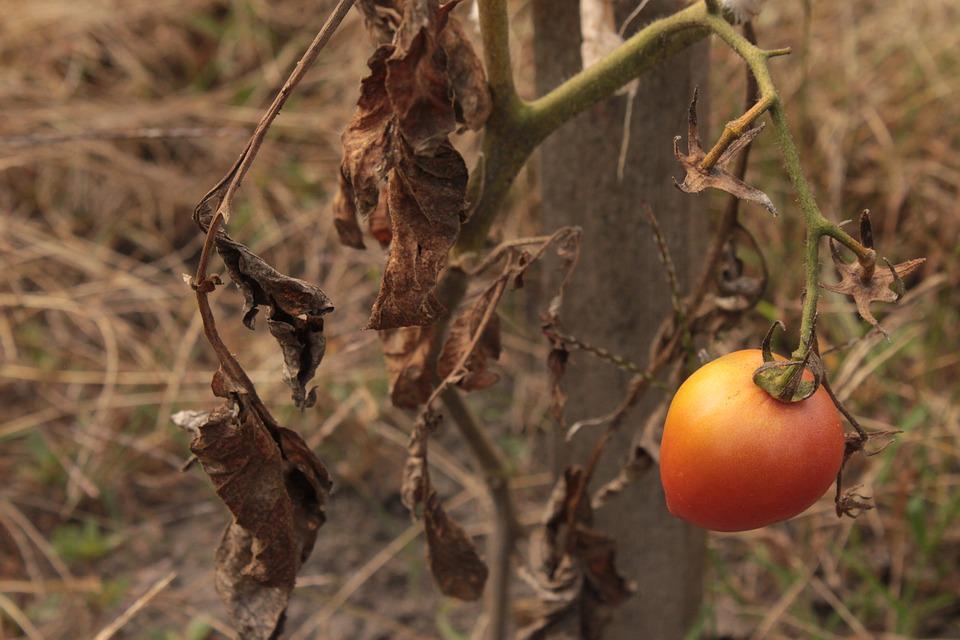


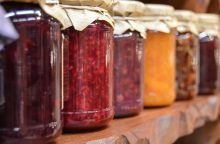
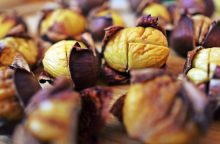

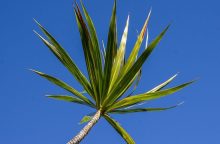


0 comments